Adorable as it may be, the N100 teeters on the edge of meeting Windows 11’s smooth operation criteria. A potential NVMe upgrade might enhance performance but don’t expect it to ace any speed trials. An additional USB-C port would certainly elevate the user experience.
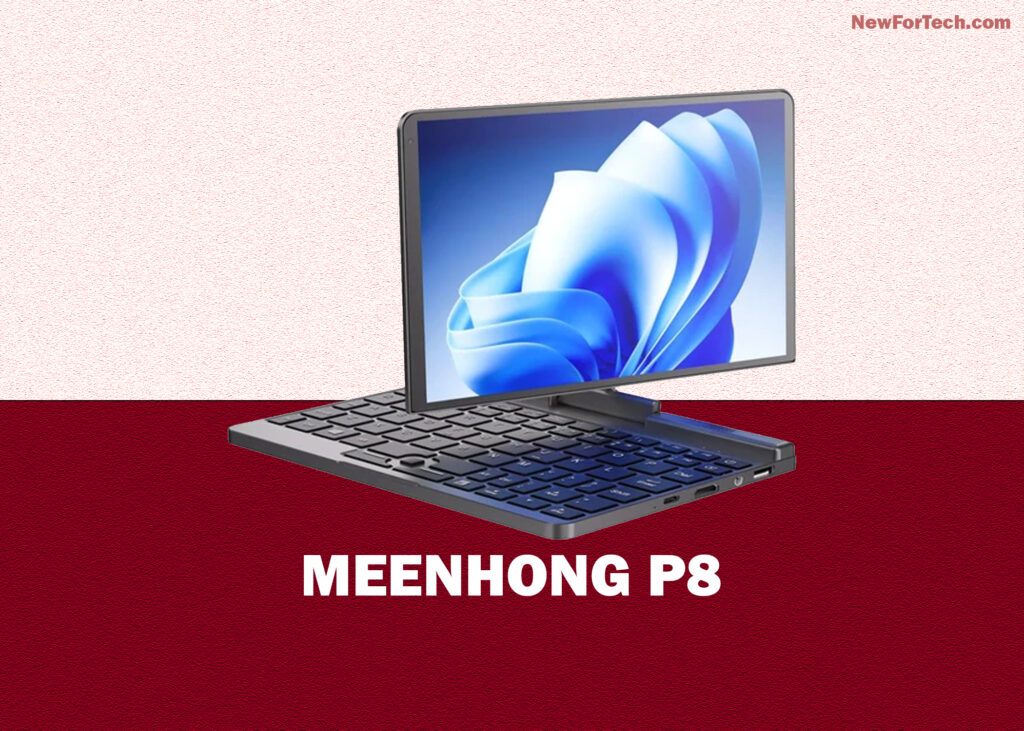
Pros:
- Remarkably compact
- Sleek metal exterior
- Windows 11 Pro
- Expandable storage option
Cons:
- Limited port availability
- Modest screen resolution
- Performance bottleneck with Intel N100 processor
In essence, the N100’s cuteness is shadowed by performance considerations, yet its compact design and Windows 11 Pro are noteworthy.
MEENHONG P8: Quick Evaluation
Meenhong introduces the P8 as a ‘pocket laptop,’ a claim feasible only for those with colossal pockets. In contrast to standard laptops, the P8 is remarkably compact, measuring a mere 19.8cm by 13.8cm and weighing 780g.
Available in two versions, catering to varied storage needs and offering EU or US keyboard options, all units ship from China. The twist-and-flip touch display facilitates a seamless transition from laptop to tablet, with an option for external monitor connectivity.
Yet, the P8’s diminutive size presents challenges, such as limited space around the keyboard and the absence of a trackpad. The device boasts only two USB ports, one earmarked for charging, limiting its I/O capabilities.
Equipped with an Intel Alder-Lake-N N100 processor featuring four cores and lacking hyperthreading, the P8 falls short in comparison to laptops sporting Core-i3 or superior processors. Although augmented with 12GB of RAM and a SATA SSD, it remains relatively underpowered.
Prospective users should temper expectations regarding typing speed on the compact keyboard before committing to extensive writing tasks. Meenhong’s engineering prowess shines through, but the deficiency in ports and the 8-inch screen’s modest resolution pose limitations.
In essence, while Meenhong’s craftsmanship is commendable, the P8’s drawbacks include sparse ports and a modest screen resolution.
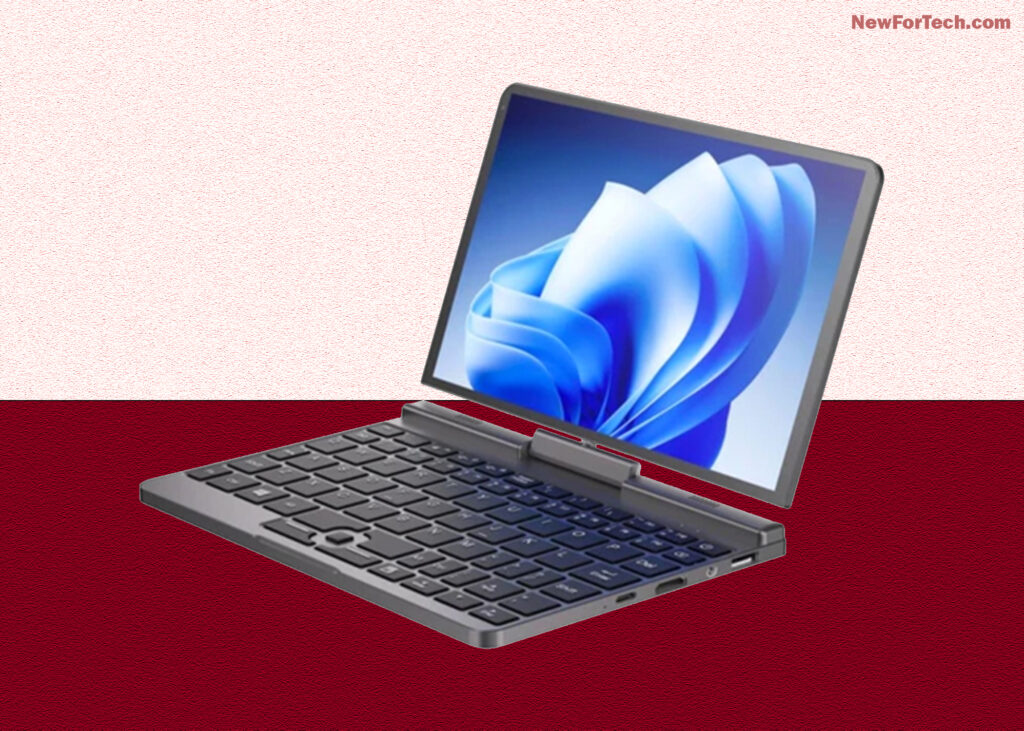
MEENHONG P8: PRICE AND AVAILABILITY
Wondering about the cost? It’s $399. Available now? Indeed. Where? Exclusively at Geekbuying, shipped directly from China.
As of now, the initial $599 price tag for US customers has dwindled to $409. In the UK, it’s £345.97, boasting 12GB RAM and 512GB SSD.
Opting for the 256GB storage model at $379 or £320.60 might seem tempting, yet the larger capacity model offers better value. Alternatively, snag the smaller one and upgrade to a 1TB drive.
Windows 11 Pro comes pre-installed, a notable inclusion given its separate cost. The value? A solid 4 out of 5.
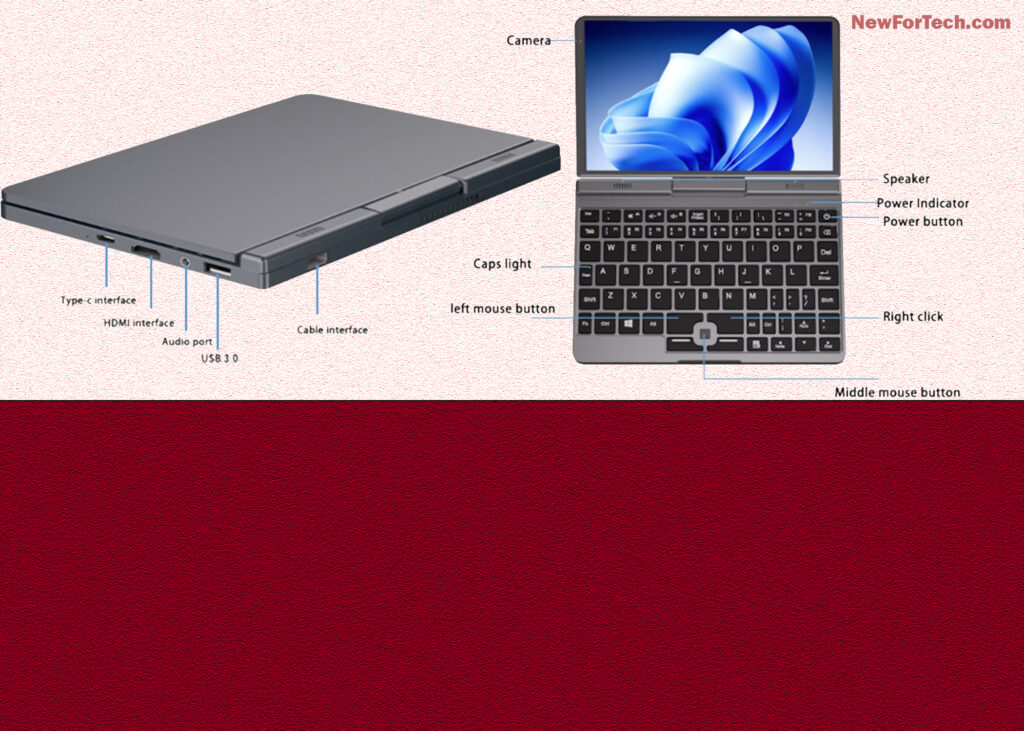
MEENHONG P8: SPECIFICATIONS
| Item | Spec |
|---|---|
| Model | Meenhong P8 |
| CPU | Intel N100 (4 core, 4 thread) |
| GPU | Intel UHD Graphics (24 shaders) |
| RAM | 12GB DDR5 (max) |
| Storage | 512GB SATA M.2 2242 SSD |
| Screen | 8-inch TFT, FHD (1280 x 800) |
| Ports | 1x USB-C, 1x USB-A, 1x Ethernet, 1x HDMI 2.0, 1x 3.5mm Combo Jack |
| Networking | WiFi 6, Bluetooth 5.2 |
| Camera | 720p front-facing |
| OS | Windows 11 Pro (pre-installed) |
| Biometrics | None |
| PSU | 30W |
| Dimensions | 19.8 x 13.8 x 2.1 cm |
| TPD Limit | 6W |
| Battery | 3-cell Li-ion 9600mAh |
| Weight | 780g |
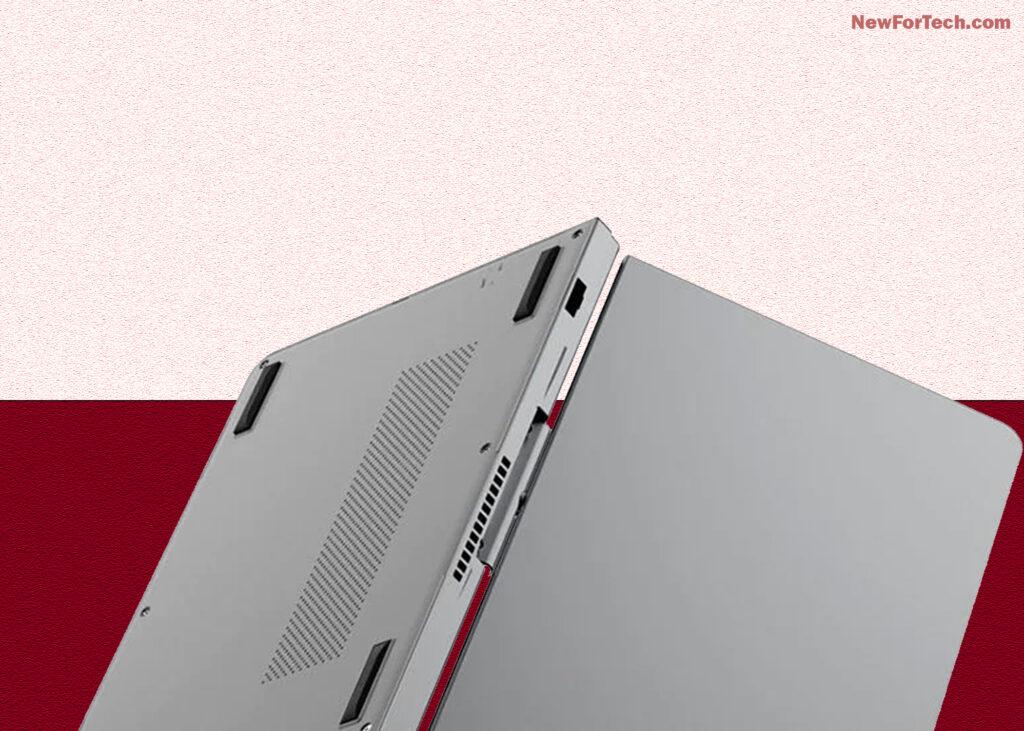
MEENHONG P8: DESIGN REVIEW
Boasting a sleek metal finish, the P8 minimizes plastic use, offering a premium feel. The gunmetal finish adds initial appeal, though its durability in a bag remains uncertain.
Compact at 19.8 x 13.8 x 2.1 cm, the P8 is remarkably small yet manageable at 780 grams. Despite its thickness, the display occupies a significant portion.
The compressed keyboard, lacking a trackpad due to space constraints, may lead to inadvertent key presses. The non-cushioned single-button control, akin to the ThinkPad ‘nipple,’ proves challenging for intricate mouse actions.
While touch-capable, the 8-inch display poses challenges with fingertip precision. Promotional images showcase stylus use, yet it’s not included.
Size-related issues extend to limited ports, with only two USB ports, complicating charging and peripheral use. The absence of a second USB-C port, despite available space, raises design concerns.
Design Rating: 3.5 / 5
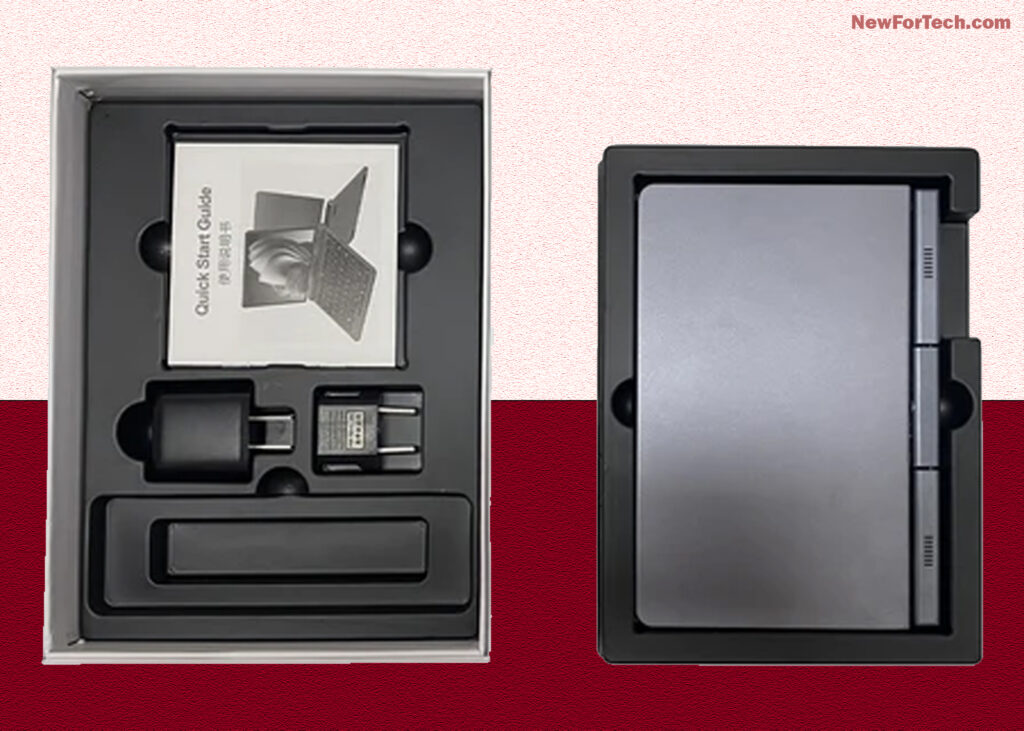
MEENHONG P8: FEATURE ANALYSIS
Exploring the P8’s features reveals an Intel N100 processor and a compact display with PCIe lanes.
While Mini PCs using older Intel processors showed varying success, the N100 falls short compared to current Intel Core products. Lacking the speed and integrated with a slow UHD Graphics GPU, it’s notably sluggish under Windows 11 Pro.
The N100’s four general-purpose cores, without hyperthreading support, struggle with modern software demands. Despite a 6MB Smart Cache and DDR5 memory, it grapples with Windows 11 Pro, especially in GPU-dependent scenarios.
The 8-inch TFT display, designed for tablets, presents challenges with its 1280 x 800 resolution on a Windows desktop. Screen real estate issues hinder the user experience, particularly when running multiple apps.
Port limitations further mar the P8’s appeal. With USB and LAN ports using significant bandwidth, the absence of Gen2 (10Gb/s) USB ports disappoints.
In summary, the N100’s compatibility struggles with Windows 11 Pro and the display and port limitations contribute to a middling feature rating of 3.5 / 5.
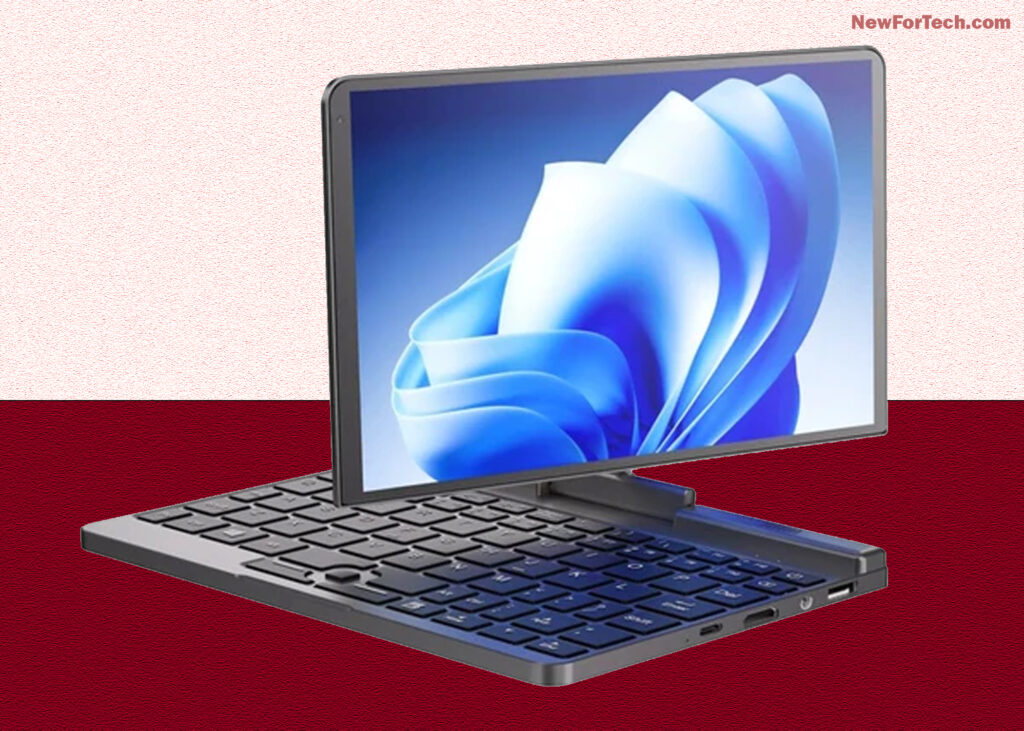
MEENHONG P8: PERFORMANCE REVIEW
Characterized by sluggishness and limited battery life, the N100’s performance is modest but surpasses the Acemagic X15.
Benchmark scores, though comparable to the N95-powered Acemagic X15, fall short against Core-i3 machines. Notably, the N100 struggles with multitasking, evident in its low CineBench 23 multi-core ratio.
The SATA M.2 drive delivers expected performance but lags significantly behind even the cheapest NVMe counterparts. Consider upgrading for a notable improvement.
The WEI score, though not reaching the ideal 8.0, surpasses the NiPoGi AK2 Plus Mini PC’s 6.7. The results position the P8 for light use but deem it inadequate for prolonged or processor-intensive tasks.
Performance Rating: 2.5 / 5
MEENHONG P8: FINAL THOUGHTS
Navigating the delicate balance between practicality and performance, the P8’s compact design may appeal to some. However, its limitations, such as a small keyboard and subpar screen, impact usability. Windows’ struggle as a tablet OS and a lackluster Microsoft App Store further narrowed its market.
SHOULD YOU BUY A MEENHONG P8?
| Aspect | Evaluation |
|---|---|
| Value | Affordable but not the cheapest. Rating: 4 / 5 |
| Design | Well-made but limited ports and keyboard size. Rating: 3.5 / 5 |
| Features | Twist-hinge for tablet mode, upgradeable storage. Stylus required for optimal tablet use. Rating: 3.5 / 5 |
| Performance | N100 falls short, especially in multitasking. Not comparable to i3. Rating: 3.5 / 5 |
| Overall | Attracts due to size but practicality and battery life concerns. Rating: 4 / 5 |
Buy it if
- You travel light: Weighing only 780g, it’s lighter than many tablets and phones.
- You use Windows as a tablet: Works well for touch-based tasks within the Windows ecosystem.
Don’t buy it if
- You need a full working day: Limited battery life doesn’t support extended use.
- Keyboard input matters: Suitable for light data input, but not for substantial tasks.
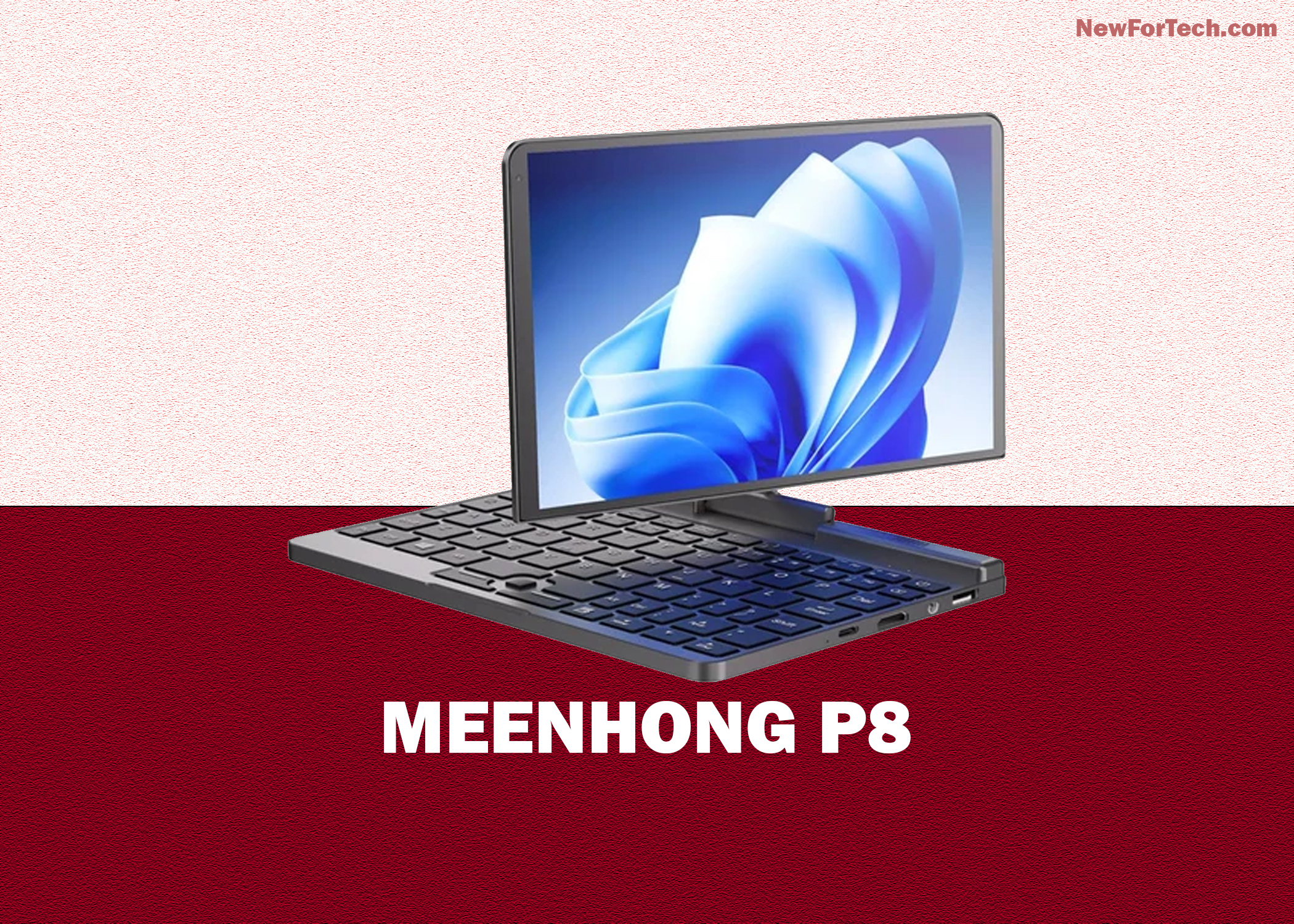
Leave a Reply